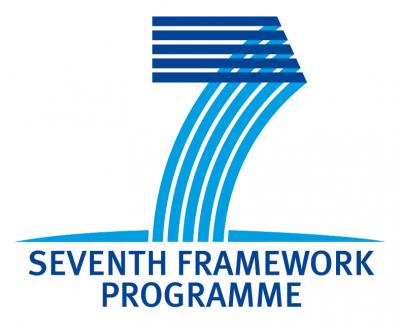Funding: ERA-Matera+, 7th Framework Programme
Region: Europe
Project period: 2010 – 2013
Principal Investigator: The research consortium is led by IMDEA Materials Institute and includes Université de Liège (Belgian University), CENAERO (Belgian Research Center), Centre de Recherche Public Henri Tudor (Luxembourg Research Center) and e-Xstream engineering SA (Belgian SME).
Principal Investigator: Dr. Antoine Jerusalem
The strategic objective of SimuComp is to help design and stress engineers assess the structural integrity and the damage tolerance of lightweight composite structures through provision of new accurate and predictive multi-scale failure models combined with original and computationally efficient novel numerical methods.
SimuComp is thus motivated by both industry needs (manufacturers: life prediction models; software vendors: efficient and predictive numerical solutions for damage and failure) and scientific advances beyond the current state-of-the-art as tackled by the project. The structures thus targeted will be based on multi-layered unidirectional (UD) composites as a demonstration of the accuracy of the new methods.
To this end, SimuComp essentially introduces four innovations
Modeling of the diffuse character of intralaminar damage (matrix cracking, fiber breakage, fiber-matrix debonding) using Discontinuous Galerkin/Extrinsic Cohesive Elements Method (DG/ECE) in 3D Representative Volume Elements (RVE);
Development, calibration and validation of a new Mean Field Homogenization (MFH) scheme including damage against experiments on coupons and results obtained by DG/ECE on RVE;
Modeling the transition from diffuse damage predicted by MFH at micro level to macroscopic strong discontinuities using eXtended Finite Element Method (XFEM);
Assessing rigorously the aforementioned combined models by state-of-the-art microstructural characterization tests (such as X-Ray tomography).
Such efforts will provide the industries with an easy-to-use set of numerical tools, able to predict multiple mode failure, at a level not yet achieved by current commercial FE software. Such drastic innovation will ultimately participate in designing lighter and stronger composites for the transportation and construction industry (especially for the aeronautical industry).
Funded by


